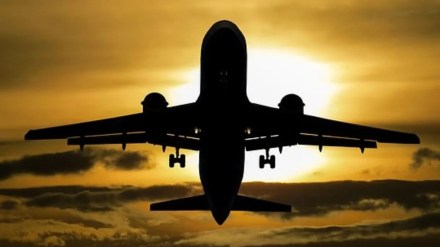Where most airlines are unenthusiastic about the Centre’s ambitions of putting the hinterlands on the aviation map, a four-year-old start-up airline Star Air is not only expanding its fleet but is offering business class on the non-lucrative routes.
Promoted by the diversified Sanjay Ghodawat group, the airline has made the most of the government’s regional connectivity scheme (RCS) that incentivises carriers to boost air connectivity to areas lacking it.
In a market dominated by large Airbus and Boeing jets, the Bengaluru-based company is the only airline in India to use Embraer aircraft, which are less than half the size of the most popular jetliners.
A senior Star Air official said that while large planes like the Airbus 320 or the Boeing 737 are unsuitable to fly on RCS routes, the propeller-powered turboprops are slower than commercial jets. Despite the growing influence of Tier 2 and Tier 3 cities such as Jamnagar, Kochi, Kolhapur, Gurugram and Lucknow, no airline offers business class on such routes.
Shrenik Ghodawat, Director, Star Air said, “There are lots of business travellers who are either visiting their factories or their corporate offices in the smaller cities. We have been looking at the trend of fares that people are paying and there are lots of last-minute bookings.”
A business class seat on Star Air one-way direct flight between Jamnagar and Hyderabad is sold at Rs 11,000 while an Air India flight with one stop between the same two cities costs Rs 36,000 for May 23. An economy class ticket from Air India costs Rs 7,000 on the same route. Aircraft having less than 80 seats and weighing less than 40 tonne benefit from lower taxes and charges at airports.
“We can have customers willing to opt for business class accommodation flying thin and long. All the states we are working with, the per capita income is good enough to support 12 business class seats in every aircraft,” Ghodawat added.
Two more aircraft are set to join Star Air’s fleet comprising 5 50-seater ERJ 140 and 2 76-seater E175, in August taking the tally to nine. This will push up the company’s total seat inventory by nearly 40%. The company clocked an average passenger load of 77% in the first three months of 2023.
“Last year we closed with revenues of Rs 200-225 crore. The target for this year is ?600-650 crore. The reason behind our optimism in revenue jump is because of the introduction of the E175 which has 1.5 times seat capacity,” Ghodawat added.
The privately held company is not just working to increase its network but is also working with RCS airports to increase the operational time. “There is a challenge at such airports where we have to shut operations post sunset. Most airports are ready to change which can allow us to have more flights,” Ghodawat added.
Star Air aims to take its aircraft inventory to 20-25 in the next 4-5 years connecting 40-50 destinations. “The airline has been operationally profitable. We are profitable at cash profit level,” Ghodawat added.
